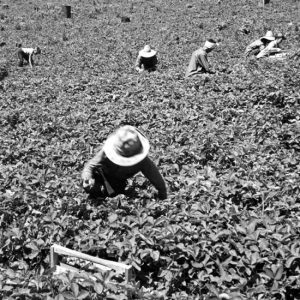 Marshall Strawberry Pickers
Marshall Strawberry Pickers
Entry Category: Agriculture - Starting with M
 Marshall Strawberry Pickers
Marshall Strawberry Pickers
 Martin Gin
Martin Gin
 Martin Luther King Square Park
Martin Luther King Square Park
 McGehee Rice Dryer
McGehee Rice Dryer
Midland Holm
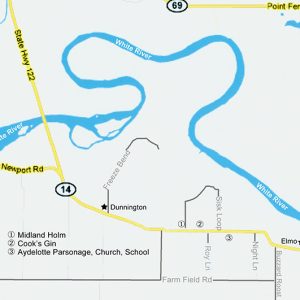 Midland Holm
Midland Holm
Military Farm Colonies (Arkansas Delta)
Military Farm Colonies (Northwestern Arkansas)
 Miller County Farming Machinery
Miller County Farming Machinery
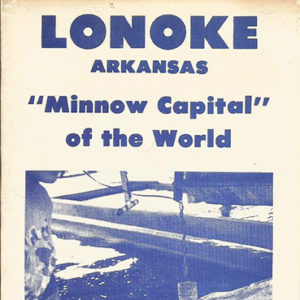 Minnow Brochure
Minnow Brochure
 Minnow Harvest
Minnow Harvest
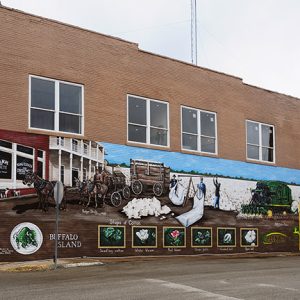 Monette Mural
Monette Mural
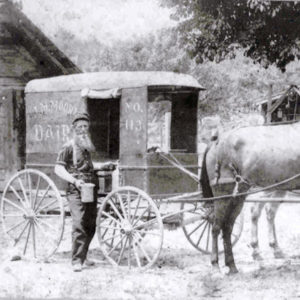 J. M. Moore Delivering Milk
J. M. Moore Delivering Milk
 James Moore
James Moore
 Moorefield Cotton
Moorefield Cotton
Moosberg, Carl Avriette
 Mountain Home Cotton
Mountain Home Cotton
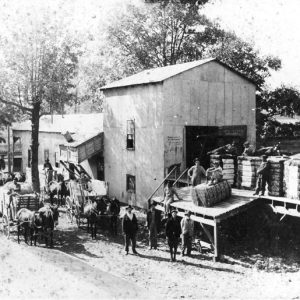 Murfreesboro Cotton Warehouse
Murfreesboro Cotton Warehouse
Muscadine
aka: Vitus rotundifolia
 Museum of the Arkansas Grand Prairie
Museum of the Arkansas Grand Prairie




